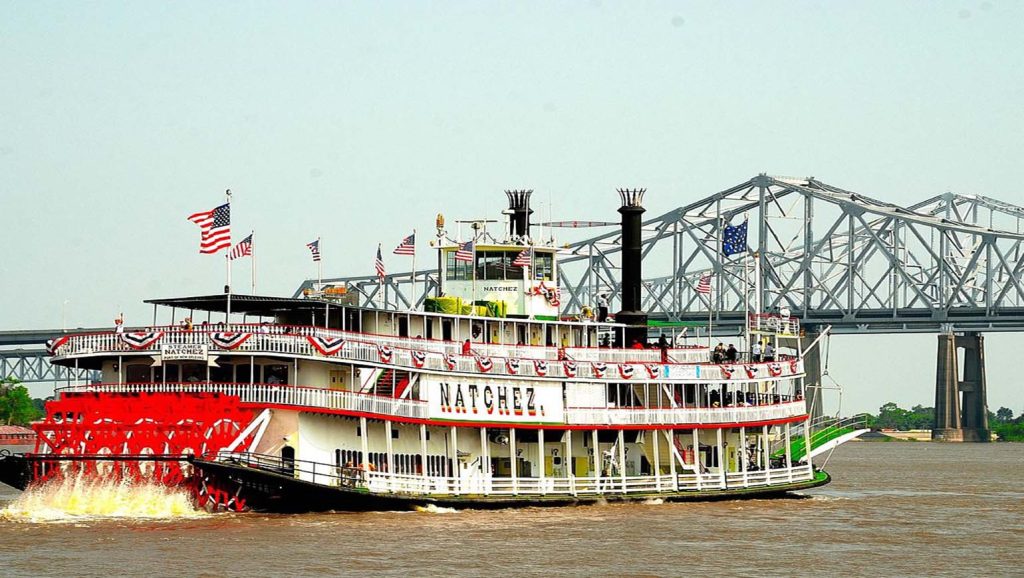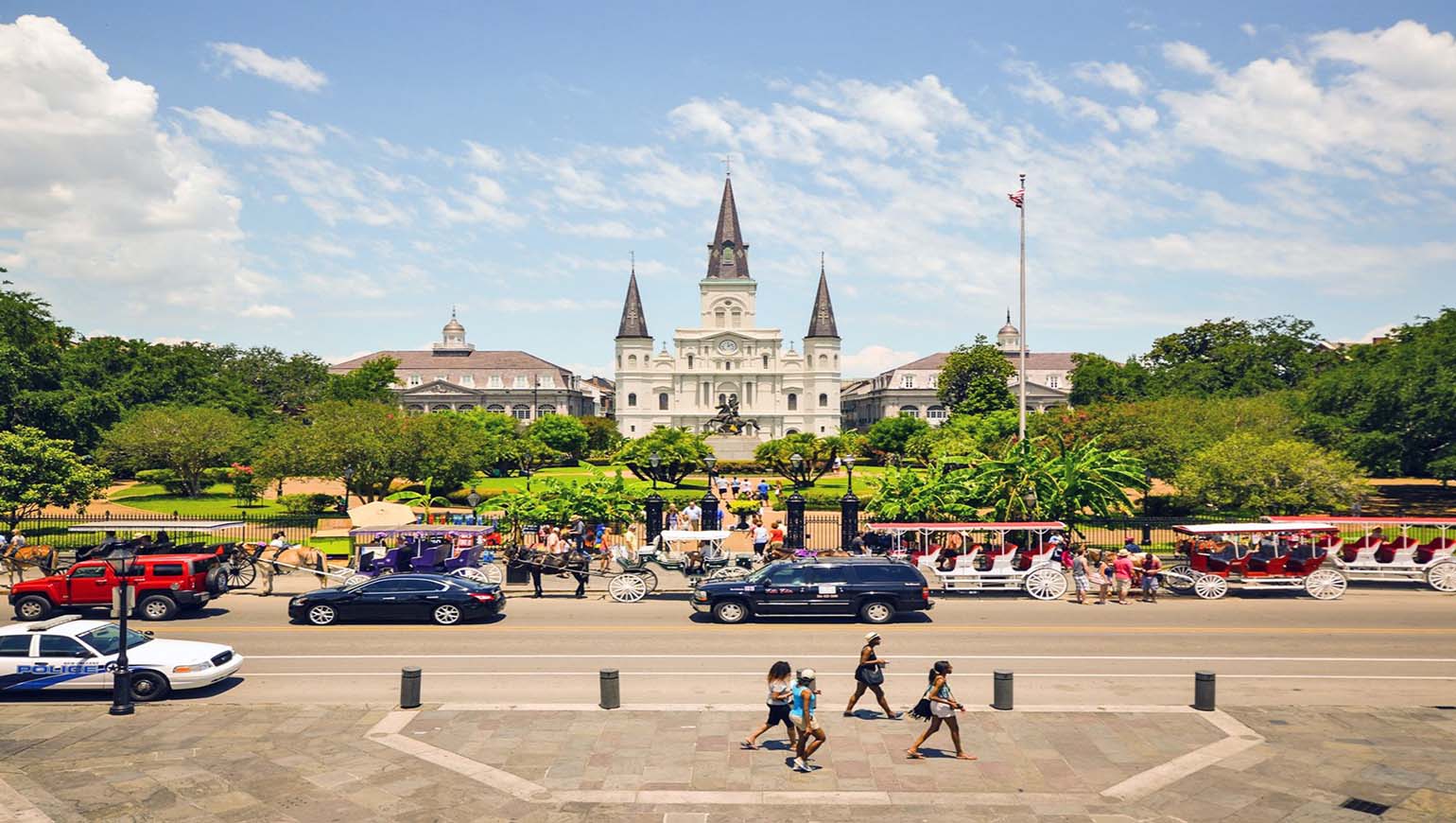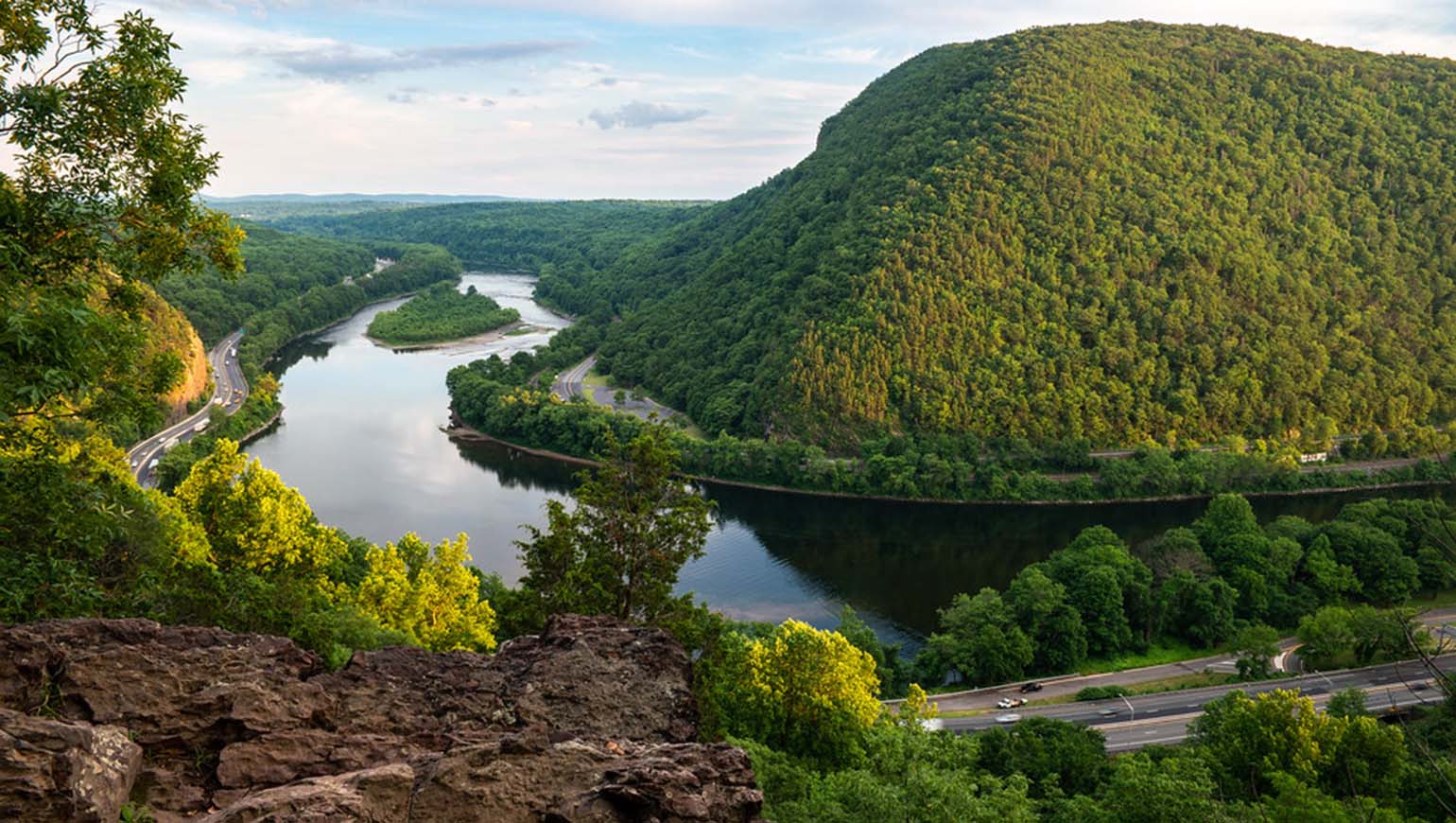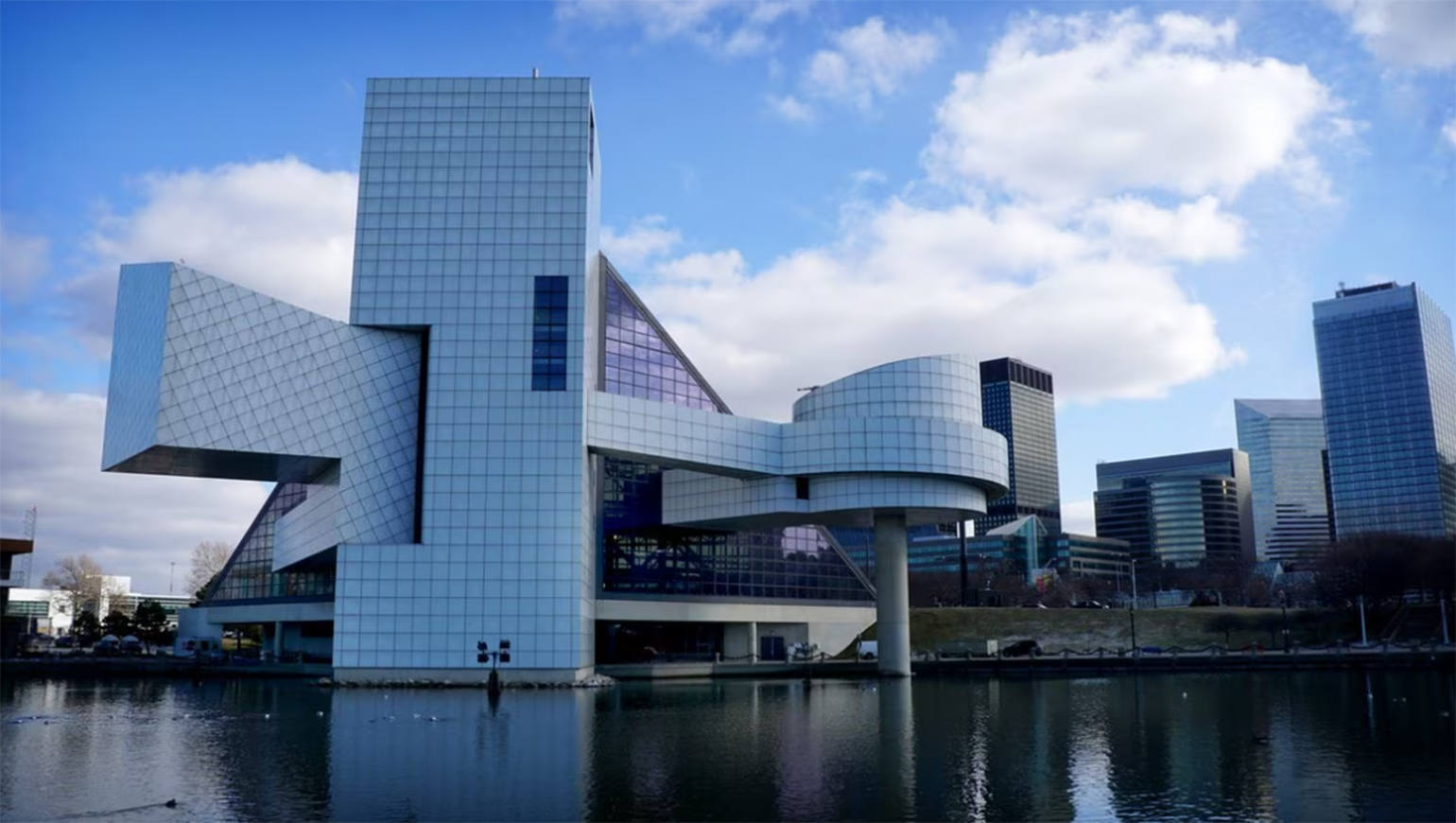Embarking on a journey to New Orleans, I found myself entranced by a city pulsating with vibrant music, steeped in history, and boasting unparalleled cultural diversity. I will meticulously delve into six distinguished attractions, providing an in-depth exploration of each site. This includes services offered, advantages and disadvantages, precise geographical locations, transportation details from the airport and stations, available discounts, ticket prices, recommendation scores, and my personal impressions of the booking platforms.
French Quarter: A Historic Marvel
The French Quarter, the heartbeat of New Orleans, lured me with its historic allure. Nestled along the Mississippi River, this iconic neighborhood boasts cobblestone streets, colorful architecture, and an infectious atmosphere. Services here range from captivating street performances to enlightening historic walking tours. While the lively ambiance is a major advantage, the downside lies in the crowded streets during peak hours. The French Quarter’s exact coordinates are 29.9585° N, 90.0644° W, easily accessible from Louis Armstrong New Orleans International Airport via a 25-minute cab ride. For those arriving by train or bus, the Quarter is a short distance from Union Passenger Terminal.
Discounts and ticket prices vary depending on the chosen activities, with bundle packages available for a more economical experience. Booking directly through the official New Orleans Tourism website not only provided discounts but also ensured a seamless experience.
Jackson Square: A Hub of Creativity
Adjacent to the mighty Mississippi River, Jackson Square emerged as a hub for artists and performers, offering a sensory delight. The open-air artist colony and surrounding historic buildings create a visual spectacle. Street performers showcase their talents, contributing to a lively atmosphere. The drawback, however, lies in the occasional congestion, hindering a leisurely stroll. Located at 29.9578° N, 90.0628° W, Jackson Square is conveniently reached by foot from the French Quarter.
As I stepped onto the worn cobblestone streets leading to Jackson Square, the vibrant energy of New Orleans enveloped me. The distant melodies of jazz music and the alluring aroma of Cajun cuisine wafted through the air. The historic architecture stood as a testament to the city’s rich cultural heritage, each building telling a story of centuries past.
Approaching Jackson Square, the lively sounds of street performers became more pronounced. I marveled at the talented artists showcasing their creations, their paintbrushes dancing across canvases, capturing the essence of the city in vibrant hues. Musicians skillfully played their instruments, adding a rhythmic soundtrack to the already bustling scene.
The Mississippi River flowed gracefully alongside the square, its waters reflecting the golden hues of the setting sun. I found a quiet bench to sit and take in the surroundings. The view was a sensory feast — the colors, the sounds, and the rich history blending seamlessly into a captivating tableau.
Despite the occasional congestion, the lively atmosphere was infectious. I decided to explore the charming boutiques and galleries housed in the historic buildings surrounding the square. Each shop was a treasure trove of local art, crafts, and unique finds. Conversations with local artists revealed the passion they held for their work and the city’s artistic spirit.
As the day transitioned into night, the square transformed into a magical realm. Soft, warm lights adorned the trees, casting a gentle glow on the cobblestones below. The distant sounds of laughter and the clinking of glasses echoed from nearby cafes, adding to the enchanting ambiance.
Leaving the square, I meandered through the French Quarter, guided by the distant strains of jazz music. The narrow streets revealed hidden gems — quaint courtyards, historic architecture, and lively bars filled with locals and visitors alike. The occasional congestion only added to the sense of community, as people from all walks of life came together to celebrate the vibrant spirit of New Orleans.
As I turned a corner and caught another glimpse of the mighty Mississippi, I couldn’t help but feel grateful for the sensory delight that Jackson Square and its surroundings had offered. It was more than a destination; it was a living, breathing testament to the soul of a city that embraced its culture and welcomed all who wished to experience its magic.
Transportation from the airport involves a 20-minute drive, while Union Passenger Terminal is just a short walk away. Admission to the square is free, with various artists selling their creations at reasonable prices. My recommendation score is high, and I booked a guided tour through a local agency, offering a personalized experience.

The National WWII Museum: A Historical Odyssey
Transitioning from the lively streets to a more solemn atmosphere, the National WWII Museum provides a comprehensive look at one of the most pivotal periods in history. Situated at 29.9425° N, 90.0702° W, the museum is easily accessible by a 30-minute cab ride from the airport or a brief streetcar journey from Union Passenger Terminal.
The museum’s services are exemplary, with informative exhibits and engaging multimedia presentations. While the ticket prices are reasonable, the sheer volume of information may be overwhelming for some visitors. Discounts for students and veterans are available. I booked my tickets through a popular online platform, taking advantage of a bundled offer that included transportation.
Audubon Park and Zoo: Nature’s Oasis in the City
Escape the urban hustle at Audubon Park, a sprawling green oasis located at 29.9239° N, 90.1304° W. Boasting walking trails, a golf course, and the Audubon Zoo, this location offers a refreshing retreat. The park’s services include wildlife exhibits, a golf course, and picnic areas. However, accessibility might be a challenge for those without personal transportation, as public transit options are limited.
Eager to escape the vibrant chaos of the city, I found solace in the tranquil embrace of Audubon Park. The moment I stepped onto its lush grounds, the urban hustle seemed to fade away, replaced by the soothing symphony of rustling leaves and distant bird songs.
The walking trails beckoned me forward, winding through canopies of ancient oaks draped with Spanish moss. The air was crisp and scented with the earthy perfume of nature. As I strolled along the paths, I marveled at the diverse flora that surrounded me, a living tapestry of greens and vibrant blooms that stretched as far as the eye could see.
Audubon Park’s crown jewel, the golf course, unfolded before me, its manicured greens a testament to precision and skill. Golfers moved gracefully through their rounds, absorbed in the timeless dance between player and course. The serenity of the surroundings elevated the sport to a meditative experience, far removed from the hustle and bustle of city life.
Drawing closer to the heart of the park, I discovered the Audubon Zoo—a haven of wildlife exhibits that transported me to different corners of the globe. From majestic big cats to colorful tropical birds, each exhibit showcased the wonders of the animal kingdom. The zoo became a sanctuary for both the creatures within and the visitors who sought a deeper connection with the natural world.
In search of a quiet spot to reflect, I stumbled upon one of the park’s designated picnic areas. Shaded by ancient oak trees, it provided the perfect setting for a leisurely lunch. As I unwrapped my sandwich, I couldn’t help but appreciate the careful balance struck between the park’s untamed beauty and the thoughtful amenities provided for visitors.
Reflecting on the day, I realized that while Audubon Park offered a serene escape, it also posed a challenge for those without personal transportation. The limited public transit options meant that accessibility could be a hurdle for some. It underscored the importance of sustainable and inclusive urban planning, ensuring that such natural sanctuaries remain accessible to all residents and visitors.
As the sun began its descent, casting a warm glow across the park, I lingered a while longer, savoring the peaceful moments in this green oasis. Audubon Park, with its harmonious blend of nature and recreation, served as a reminder that even in the midst of urban life, pockets of serenity and beauty could be found, inviting us to pause, breathe, and appreciate the world around us.
Arriving from the airport involves a 20-minute drive, while Union Passenger Terminal is approximately 25 minutes away. Ticket prices vary for the zoo and golf course, with bundled packages available. I recommend visiting the official Audubon website for discounted prices and a seamless booking experience.
Steamboat Natchez: A River Cruise Extravaganza
For a taste of the Mississippi River’s majesty, I boarded the Steamboat Natchez at 29.9468° N, 90.0655° W. This authentic steamboat offers daytime jazz cruises, providing a unique perspective of the city. The services include live jazz performances, a narrated tour, and optional Creole lunch. The limited seating capacity is a downside, making reservations crucial.
Transportation to the steamboat from the airport takes approximately 25 minutes by cab, while Union Passenger Terminal is a short walk away. Ticket prices vary, with discounts available for online bookings. I recommend securing tickets in advance through the official website for a guaranteed spot and potential savings.

Garden District: Stroll Amongst Elegance
The Garden District, adorned with antebellum mansions and oak-lined streets, offers a stark contrast to the lively French Quarter. Located at 29.9271° N, 90.0935° W, the district’s historic charm and walking tours make it a must-visit. Services include guided tours and self-guided walks, allowing visitors to appreciate the architecture at their own pace. The lack of public transportation options is a drawback, but the district is easily reached by a 15-minute cab ride from the airport or a short streetcar journey from Union Passenger Terminal.
Stepping into the Garden District felt like entering a different era, a place where time slowed down to let the charm of the antebellum mansions and the grandeur of the oak-lined streets unfold gracefully. The air was filled with the sweet fragrance of magnolia blossoms, and the gentle rustling of the leaves overhead created a soothing backdrop.
As I began my stroll through this historical enclave, the meticulous architecture of the mansions captivated me. Each home seemed to tell a story of a bygone era, with wrought-iron balconies, intricate lattice work, and colorful gardens that added a touch of elegance to the surroundings. It was as if I had stepped onto the set of a classic Southern novel, where the past seamlessly blended with the present.
The option of guided tours and self-guided walks allowed me to tailor my experience. I opted for a self-guided tour, relishing the freedom to explore at my own pace. Armed with a map and a sense of curiosity, I wandered through the maze of streets, discovering hidden gems at every turn. Plaques on some of the homes provided historical tidbits, enriching my understanding of the district’s rich tapestry.
One drawback became apparent—the lack of public transportation options. However, the relative ease of reaching the Garden District from the airport or Union Passenger Terminal mitigated this inconvenience. A short cab ride whisked me away from the airport, or I could opt for the charming streetcar journey from the Union Passenger Terminal, each option offering its own unique introduction to the city’s atmosphere.
As I continued my exploration, the district’s tranquil ambiance allowed me to appreciate not only the architecture but also the sense of community that permeated the area. Neighbors chatted on front porches, and locals offered friendly greetings as I passed by. It was a stark contrast to the lively energy of the French Quarter, offering a more relaxed and introspective experience.
As the day unfolded, I found myself immersed in the Garden District’s timeless allure. Whether it was the haunting beauty of the Lafayette Cemetery or the shade provided by the ancient oaks, each moment felt like a step back in time. The district’s ability to preserve its historic charm while welcoming modern visitors made it a true gem within the vibrant mosaic of New Orleans.
Ticket prices for guided tours vary, with discounts for children and seniors. I opted for a self-guided tour, easily booked through a popular travel app, providing flexibility and a personalized experience.
My journey through New Orleans was a captivating exploration of history, culture, and natural beauty. Each attraction offered a unique perspective, and while some drawbacks existed, the overall experience was enriching. Booking through official websites and reputable travel platforms ensured a seamless adventure, with discounts enhancing the affordability of this unforgettable trip. New Orleans, with its infectious energy and diverse offerings, has undoubtedly secured a special place in my travel memories.




